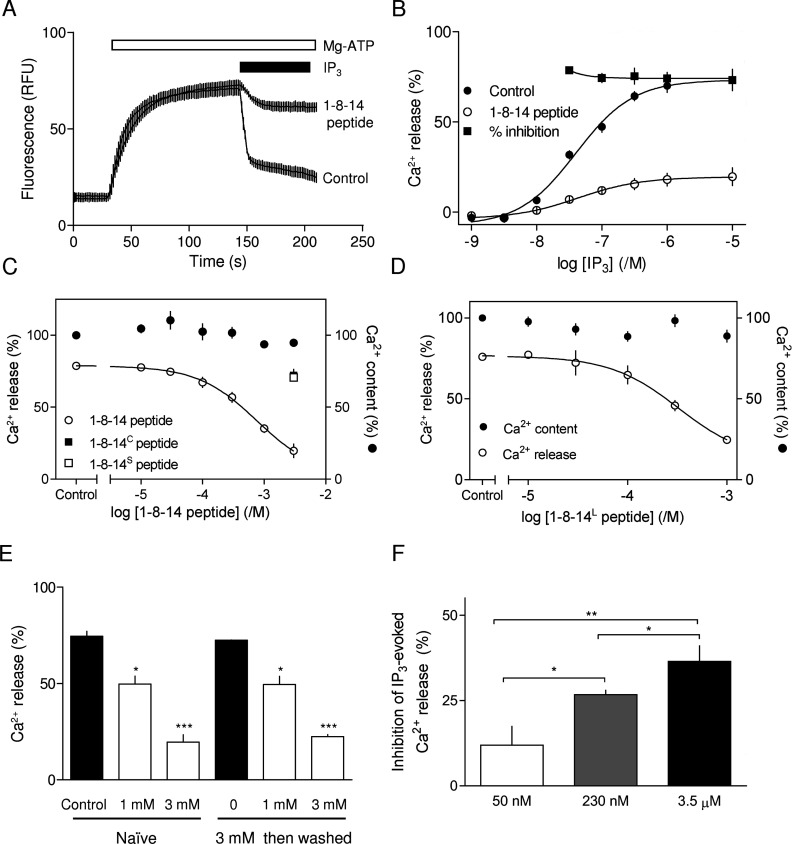Figure 2. Inhibition of IP3R by 1-8-14 peptide.
(A) Typical recording of the free Ca2+ concentration within the endoplasmic reticulum of a population of permeabilized DT40-IP3R1 cells showing Ca2+ uptake after addition of MgATP (1.5 mM), release of Ca2+ after addition of IP3 (10 μM, with 1 μM thapsigargin to inhibit Ca2+ re-uptake) and inhibition of that release by 1-8-14 peptide (3 mM, present throughout as indicated, upper trace). Results are means±S.E.M. for three replicates from a single experiment. (B) Concentration-dependent release of intracellular Ca2+ stores by IP3 alone or after pre-incubation for 2.5 min with 1-8-14 peptide (3 mM). Inhibition by 1-8-14 peptide at each IP3 concentration is also shown (%). 1-8-14 peptide caused a significant decrease in the maximal response (P<0.001) without significantly changing the sensitivity to IP3. (C and D) Permeabilized cells pre-incubated for 10–20 min with the indicated concentrations of peptide were stimulated with IP3 (10 μM, in the continued presence of peptide). Results show the Ca2+ content of the stores before addition of IP3, and the Ca2+ release evoked by IP3. (E) Permeabilized cells were incubated alone or with 1-8-14 peptide (3 mM) for 10–20 min, washed and then resuspended in CLM. Ca2+ release by IP3 (10 μM) was then measured after a further incubation for 10–20 min with the indicated concentrations of 1-8-14 peptide. The Ca2+ release evoked by IP3 with and without peptide is shown for naive cells and after the pre-treatment with 3 mM peptide. The results establish that the effects of 1-8-14 peptide are fully reversible. (F) Permeabilized cells pre-incubated with or without 1-8-14 peptide (1 mM) for 10–20 min were stimulated with a maximally effective concentration of IP3 in the continued presence of peptide in CLM with the indicated free Ca2+ concentration. Results show the inhibition of IP3-evoked Ca2+ release (%) by 1-8-14 peptide at each free Ca2+ concentration. Results in (B)–(F) are means±S.E.M. (n≥3). *P<0.05, **P<0.01 and ***P<0.001.

